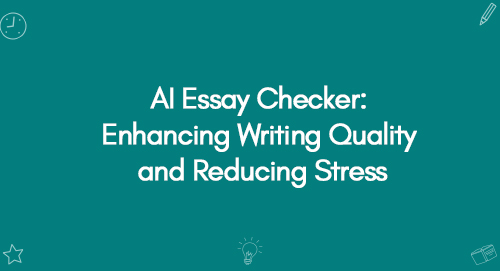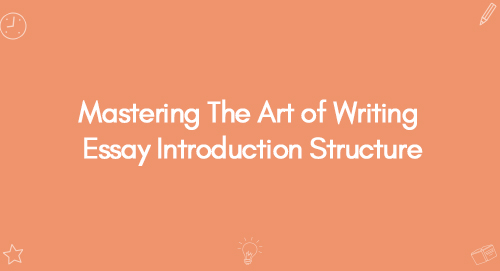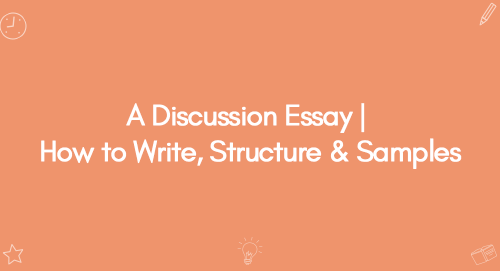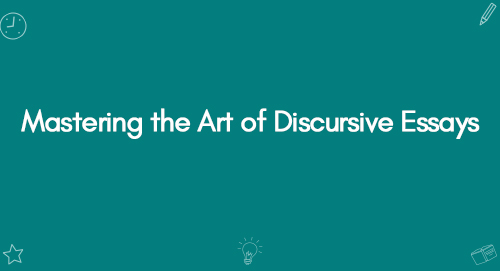Mastering the Art of Discursive Essays: Examples and Tips
Mastering the Art of Discursive Essays: Examples and Tips

University Assignment Examples
October 17, 2023
How to Choose the Ideal Dissertation Topic | 230+ Topics 2024
October 19, 2023Discursive essays are a unique blend of balanced discussion and the writer's viewpoints on a particular topic. These essays often require the writer to induce a different perspective on the study they are evaluating.
Discursive Essay Examples provide a critical exploration of varied perspectives on notable topics. These examples serve as a practical guide to understanding how to constructively present arguments and counter-arguments while maintaining a neutral stance. In this context, we will examine specific examples, shedding light on the methodology and structural components that constitute a well-rounded discursive essay.
Discursive Essay Example
Role of Descriptive Writing in Discursive Essays
Descriptive writing is pivotal in discursive essays, adding depth and clarity to the narrative. While discursive essays primarily focus on presenting various viewpoints, integrating descriptive elements can make the content more relatable and memorable for the reader.
1. Enhancing the Essay
Descriptive details breathe life into an essay. By painting a vivid picture, they help readers visualize and connect with the topic more deeply.
2. Descriptive Writing Tips
- Figurative Language: Using metaphors and personification can make your arguments more compelling and easier to grasp.
- Sensory Details: Engage the reader's senses by describing how things look, sound, feel, taste, or smell. It immerses the reader in the topic, making it more tangible.
- Word Choice Matters: Picking the right words can set the tone and mood of your essay. Opt for precise and impactful words that convey your message.
While discursive essays aim to inform and present multiple perspectives, incorporating descriptive writing ensures that the information is not just understood but also felt and visualized by the reader.
Conclusion
Crafting a compelling discursive essay is both an art and a science. It requires a delicate balance of presenting varied viewpoints while maintaining a coherent and engaging narrative. As we've journeyed through the structure tips for effective writing and explored diverse topics, it's evident that the power of a well-written discursive essay lies in its ability to attract, inform, and provoke thought. Whether you're a rookie writer or a seasoned essayist, continuously refining your skills and staying updated with relevant topics will ensure your essays resonate with readers.















